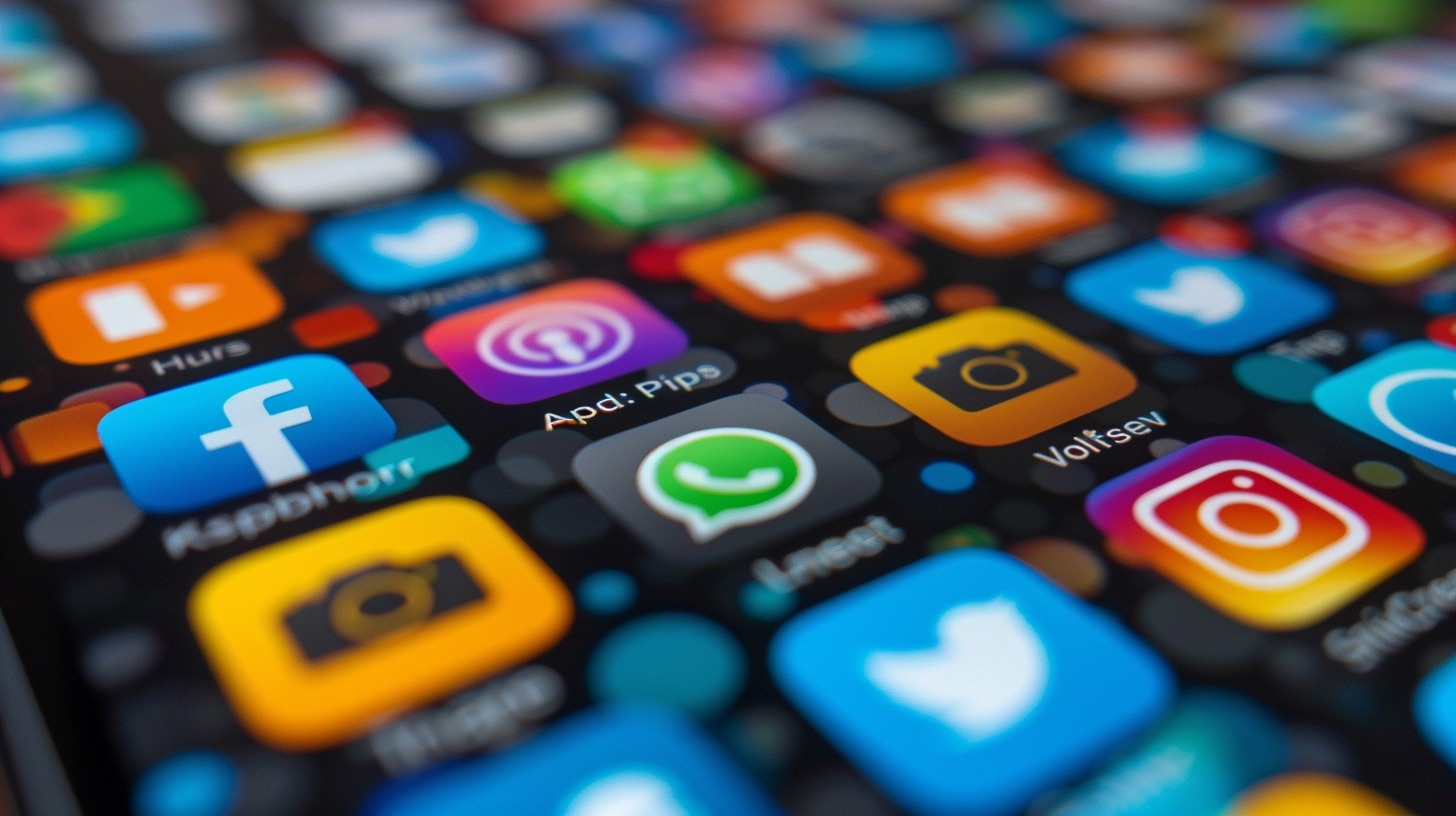App development involves creating mobile applications for Apple gadgets. The software is typically written in Swift or Objective-C and then uploaded to the gadget Store for customers to download.
If you’re an app developer, you might be hesitant about iOS development. For example, each developer needs a Mac computer, which tends to be more expensive than Windows-based alternatives. Additionally, once your app is complete, it must pass a stringent quality review before being distributed through the App Store.
However, if your organization’s employees, customers, or partners are among the millions of Apple customers worldwide, you have compelling reasons to engage in iOS app development. Despite the potentially high barriers to entry, creating an iOS app can be as comfortable as, if not easier than, creating for Android. With a good start and the right resources, you can join the ranks of successful iOS app developers.
Strategic App Modernization: Driving Digital Transformation
Modernizing applications strategically is crucial for achieving transformative success. This approach can significantly boost annual revenue while reducing maintenance and operating costs.
Related content
- Register for the guide on DaaS.
- Meet the developer requirements.
Preparing for iOS App Development
Before diving into iOS app development, ensure you have:
- An Apple Mac computer with the latest macOS version
- Xcode, the integrated development environment (IDE) for macOS, is available for free on the Mac App Store.
- An active Apple Developer profile, which requires a USD 99 annual fee
- These three components are interdependent. Only active Apple Developer Program members can publish apps on the Apple App Store. Xcode, which runs exclusively on macOS, is the only tool for signing and submitting apps to the App Store. Therefore, a Mac computer is essential.
- Xcode offers more than just signing and publishing capabilities. It includes a user interface designer, code editor, testing engine, asset catalog, and much more—everything you need for iOS app development.

Choosing an iOS Programming Language
There are two primary programming languages for iOS development:
-
- Objective-C: Developed in the early 1980s, Objective-C was the main programming language for Apple products for many years. Derived from C, it is an object-oriented language focused on message-passing between processes. Many developers continue to maintain legacy applications in Objective-C rather than transitioning to Swift, which was introduced in 2014.
- Swift: Swift is the new “official” language for iOS. Designed with a simpler syntax and enhanced security, Swift is easier to learn, even for beginners. It shares a runtime with Objective-C, facilitating the integration of legacy code into updated apps. Given Swift’s speed, security, and ease of use, it is recommended for new iOS app development unless there is a compelling reason to use Objective-C.
By choosing the right tools and languages, developers can ensure a seamless and efficient iOS app development process.
Leverage APIs and Libraries
The major advantage of iOS app growth is the extensive collection of developer resources at your disposal. Thanks to the standardization, functionality, and consistency of iOS development, Apple can release native APIs and libraries as stable, feature-rich, and user-friendly kits. These iOS SDKs enable seamless integration of your app into Apple’s existing infrastructure. For instance, if you’re creating an app controller for a smart toaster oven, HomeKit can standardize communication between the toaster and the phone.
This allows users to coordinate interactions between their smart toaster oven and smart coffee maker. There are kits available for various purposes, including game making(such as SpriteKit, GameplayKit, and ReplayKit), health apps, navigation, cameras, and Siri, Apple’s virtual assistant. These extensive kits help you leverage iOS features and effortlessly integrate third-party apps, making it easy to connect to social media, use the camera or calendar app, or automatically record replay videos of thrilling gameplay moments.

Expand into the Cloud
iPhones are powerful devices, but for resource-intensive tasks, offloading to the cloud can be beneficial. By connecting your app to cloud-based services via APIs, you can leverage the cloud for storage, database management, and app caching. This also allows you to enhance your app with next-generation services. Swift frameworks, including Kitura, support building iOS backends as well as web applications. You can initiate REST APIs from within the iOS app. With Kitura, you can integrate a variety of cloud services, ranging from push notifications and databases to mobile analytics and machine learning.
Test Locally, Test Globally
Even the best creators don’t write perfect code on the first try. Once you’ve completed your iOS app development, testing is crucial. Fortunately, you won’t need to test devices from multiple manufacturers, as with Android. iOS is Apple’s proprietary mobile operating system, running exclusively on Apple iPhones. While you may want to test your app on several generations of iPhones with different operating systems, there are still fewer devices to manage than with Android. Your primary testing ground is Xcode itself.
Beyond standard unit tests, Xcode offers automated UI testing. You can write tests that guide through your UI, mimicking user interactions to identify issues. This UI testing simulates real user interactions with your app, offering thoroughness that surpasses human testing.
However, automated tests can’t cover every possible user interaction. Therefore, letting humans beta-test your software remains essential. While you can sideload apps to iOS gadgets without advancing them to the App Store, Apple simplifies the process with its TestFlight app. TestFlight allows Apple Developer Program members to conduct internal testing with up to 25 team partners on up to 30 gadgets each.
Your development team can test the app in a small team and ready for the Apple Beta review, paving the way for external testing. Once approved under Apple’s App Store review policies, you can invite up to users to download a beta version of your app. These users access the app via the TestFlight app and a unique link. You can divide external testers into custom groups and push specific builds to each, facilitating A/B tests and feature comparisons. In return, you receive automatic usage data, and users can easily submit feedback on any issues encountered.
Publishing Your App to the App Store
After completing iOS app development and testing, the next stage is to submit your app to the App Store. This can be done directly through Xcode. Be prepared for a potentially long review process that often involves multiple cycles of rejection, revision, and resubmission before final approval is granted.
Once your app passes all necessary approvals, you can create your App Store page using App Store Connect and publish your app. If you intend to sell your app, keep in mind that Apple takes a 30% commission on sales in addition to the $99 annual fee required to join the Developer Program.

